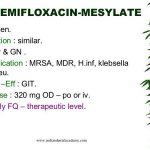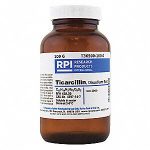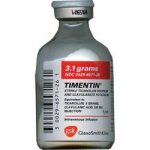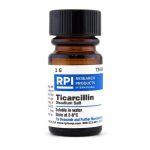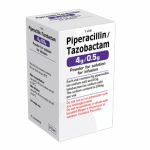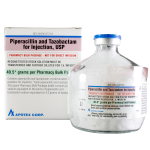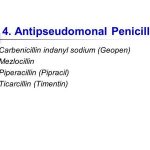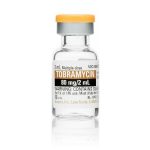
Pharmacokinetic interaction (decreased absorption of gemifloxacin). Gemifloxacin should be taken at least 2 hours before or 3 hours after antacids that contain aluminum or magnesium. (See Dosage and Administration: Administration.) Antacids containing calcium or calcium supplements have no clinically important pharmacokinetic interaction with gemifloxacin. Didanosine Pharmacokinetic interaction; didanosine chewable/dispersible buffered tablets, buffered powder for oral solution, or pediatric powder for oral solution prepared as an admixture with antacid may substantially decrease gemifloxacin absorption.

